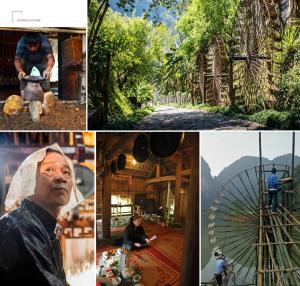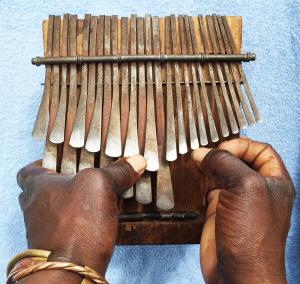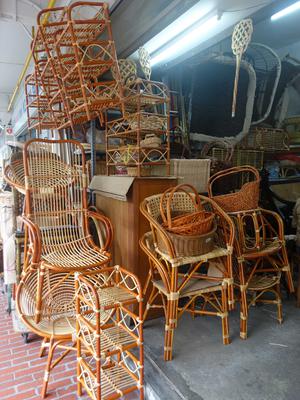"Artsakh Beckons" is an urgent cultural preservation initiative launched by Naregatsi Art Institute (NAI) following the September 2023 exodus of ethnic Armenians from Nagorno-Karabakh. The project addresses the imminent threat to the region's unique musical heritage, characterized by its distinctive local dialect and traditional folk songs that form a cornerstone of cultural identity for displaced communities.
This comprehensive preservation effort focuses on documenting, archiving, and transmitting the endangered folk music traditions that represent one of the brightest cultural expressions of Nagorno-Karabakh Armenians. The project is particularly critical as these musical traditions weren't previously documented in Armenia's major cultural institutions, including the Komitas State Conservatory and the Art Institute of the Academy of Sciences.
Working directly with displaced musicians and cultural bearers, NAI employs professional ethnomusicological methods to create high-quality audio-visual recordings, musical transcriptions, and contextual documentation. The approach combines rigorous documentation with community participation, ensuring that the voices of cultural representatives remain central to preservation efforts.
Beyond mere documentation, "Artsakh Beckons" creates platforms for knowledge transmission through workshops, performances, and educational resources. These activities connect elder tradition bearers with younger generations, ensuring the continuation of these musical practices despite displacement.
The project produces comprehensive publications containing historical context, musical notations, and cultural analysis, serving as educational tools for musicians, researchers, and community members. Digital preservation and online accessibility extend the impact globally, connecting displaced communities with their heritage regardless of geographic location.
"Artsakh Beckons" represents more than cultural documentation—it provides emotional support to displaced communities by affirming their cultural identity during a period of profound loss. By preserving these distinctive musical expressions, NAI helps maintain the community's sense of continuity and dignity while ensuring that this valuable aspect of Armenian cultural heritage remains accessible for future generations.
05-01-2025
| Institutional and human capacities | The Naregatsi Art Institute (NAI) is a non-profit cultural organization with a strong track record in the preservation and promotion of endangered cultural heritage, particularly among marginalized Armenian communities. With over two decades of experience, NAI combines traditional knowledge transmission with modern tools of documentation and dissemination. Its team includes cultural researchers, ethnomusicologists, musicians, designers, and media professionals who collaborate on creating high-quality educational and artistic resources. NAI has previously implemented similar projects focusing on the folk music preservation and has successfully developed professional publications combining historical narratives, musical notation, and recordings. The lead researcher of the proposed project is a native Armenian of Nagorno-Karabakh and a professionally trained singer, deeply rooted in the cultural traditions of the region. She has been conducting fieldwork in cooperation with the Komitas State Conservatory of Yerevan and the Art Institute of the Academy of Sciences of Armenia. Her background enables her to engage directly with bearers of the tradition and ensure authenticity in the collection process. NAI’s in-house recording studio, editorial team, and design specialists will ensure the technical and aesthetic quality of the outputs, while the institute’s partnerships with educational and cultural institutions guarantee wide distribution and long-term impact. | |
| Transmission and education | Transmission and non-formal education are at the heart of NAI’s safeguarding strategy. The Institute builds capacity through mentorship programs that connect elder Nagorno-Karabakh practitioners, musicians and cultural bearers with younger generations, ensuring oral traditions are passed on authentically. It trains local researchers in documentation methodologies, develops skills within the community, and creates sustainable models of cultural transmission grounded in real-life practice. Community engagement is also central to NAI’s approach. Through participatory research and direct collaboration with cultural bearers, the Institute ensures that tradition practitioners are not only consulted but lead the process. Intergenerational exchange is promoted through workshops, performances, and co-creative documentation sessions, which foster ownership and deep cultural understanding. The project produced a unique publication with historical narratives, musical notations, and audio materials, all accessible via CD and QR codes. This will be complemented by a public digital archive and workshops that involve displaced Nagorno-Karabakh Armenians as co-creators and learners. By treating intangible cultural heritage (ICH) as both a cultural legacy and a contemporary resource, NAI’s integrated model transforms preservation into dynamic cultural practice. It ensures the heritage of Nagorno-Karabakh remains alive—not only remembered but also lived and celebrated by future generations. | |
| Inventorying and research | This project focuses on urgent, community-led research to identify, document, and preserve traditional folk songs from Nagorno-Karabakh. The lead researcher—a native of Nagorno-Karabakh and professional singer—has already begun collaboration with the Komitas State Conservatory of Yerevan and the Art Institute of the Academy of Sciences of Armenia. Despite these institutions’ extensive archives, there is currently no comprehensive collection of Nagorno-Karabakh folk music with proper documentation. The project identified 13 traditional songs, prioritizing those in the unique local dialect and passed down orally. Each song will be analyzed for linguistic, cultural, and historical significance, and professionally transcribed with musical notation. Participatory research methods engaged displaced community members as knowledge holders and co-researchers, ensuring accuracy and authenticity. This work lais as foundation for broader documentation and safeguard this endangered heritage from permanent loss. | |
| Policies as well as legal and administrative measures | Naregatsi Art Institute (NAI) operates within Armenia’s legal and policy frameworks that support the safeguarding of intangible cultural heritage (ICH). Its organizational charter mandates the preservation and public dissemination of cultural heritage, aligning with Armenia’s ratification of the 2003 UNESCO Convention and national ICH protection laws, which recognize NAI as a legitimate actor in this field. Following the 2023 displacement from Nagorno-Karabakh, NAI activated national heritage emergency protocols that authorize rapid documentation of at-risk traditions. Armenia’s cultural funding mechanisms and regional administrative structures enable NAI’s work through both financial support and community-level collaboration. Digital preservation standards and educational policies also shape NAI’s activities, ensuring accessibility, quality, and the recognition of non-formal training. Together, these measures create an enabling environment that supports NAI’s comprehensive, rights-based approach to ICH safeguarding, from grassroots engagement to national and international collaboration. | |
| Role of intangible cultural heritage and its safeguarding in society | Naregatsi Art Institute (NAI) views the safeguarding of intangible cultural heritage (ICH) as integral to upholding the cultural rights of indigenous and displaced communities. By preserving the folk music of Nagorno-Karabakh, performed in a unique local dialect, NAI helps displaced communities maintain their identity, cohesion, and resilience in the face of trauma and displacement. NAI’s initiatives go beyond documentation; they promote ICH as a living force that binds communities together. In times of upheaval, preserved heritage becomes a foundation for collective memory and social recovery. Through inclusive outreach, regional exchange, and accessible digital platforms, NAI broadens participation and fosters intercultural dialogue across Armenia and beyond. These efforts not only strengthen national identity but also contribute to cultural diplomacy by integrating Armenian ICH into global conversations, turning heritage safeguarding into a transformative force for healing and inclusion. | |
| Awareness raising | Naregatsi Art Institute (NAI) plays a pivotal role in raising awareness about the importance of safeguarding intangible cultural heritage (ICH). Through public performances, workshops, and media outreach, NAI ensures that both local and international audiences understand the value of preserving traditional practices, particularly those threatened by conflict and displacement. NAI engages diverse communities, from rural villages to urban centers, creating accessible platforms for dialogue around the significance of cultural preservation. Educational initiatives focus on the youth, embedding ICH in contemporary cultural narratives and fostering future generations of cultural stewards. The institute also collaborates with academic and governmental institutions to amplify the message of cultural heritage protection at policy-making levels. Through digital campaigns, exhibitions, and publications, NAI extends its reach globally, generating cross-cultural awareness and promoting Armenia's rich cultural traditions, while also contributing to the broader discourse on cultural resilience and heritage preservation. | |
| Engagement of communities, groups and individuals as well as other stakeholders | Through Artsakh Beckons project, Naregatsi Art Institute (NAI) actively engages local communities, cultural bearers, and displaced individuals in the safeguarding process. By prioritizing participatory documentation and intergenerational exchange, NAI ensures that heritage preservation is community-driven and culturally respectful. The institute fosters collaboration between traditional musicians, researchers, and cultural institutions, empowering communities to become active stewards of their heritage. NAI also works closely with stakeholders, including academic institutions, local governments, and international partners, to expand the impact of its projects, strengthen cultural policies, and ensure that preservation efforts reach diverse audiences both regionally and globally. | |
| International engagement | Naregatsi Art Institute (NAI) extends its impact beyond Armenia by actively engaging in international collaborations. Artsakh Beckons project is unique, since through cross-cultural exchanges, conferences, and digital platforms, NAI shares Armenian intangible cultural heritage with global audiences, fostering international understanding and appreciation. The institute collaborates with global cultural organizations and researchers to raise awareness about the unique traditions of Armenia, particularly those threatened by conflict, like the folk music of Nagorno-Karabakh. NAI’s international visibility enhances cultural diplomacy, positioning Armenia’s heritage in global conversations and contributing to broader efforts in the preservation and celebration of diverse cultural expressions. | |
| References |
|
|


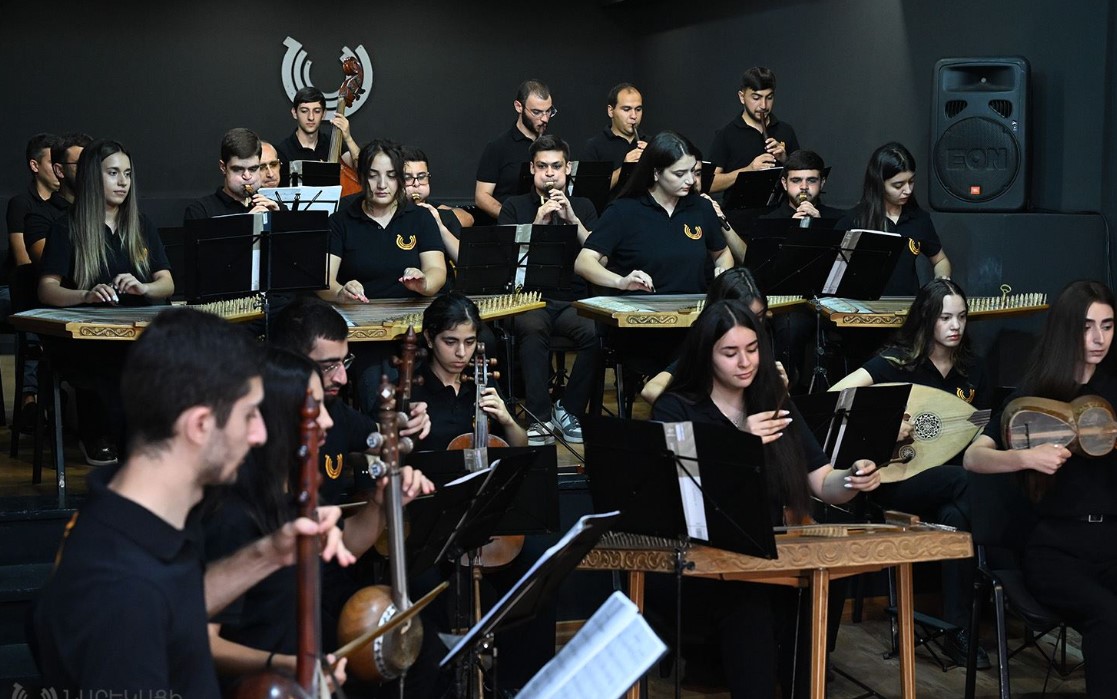
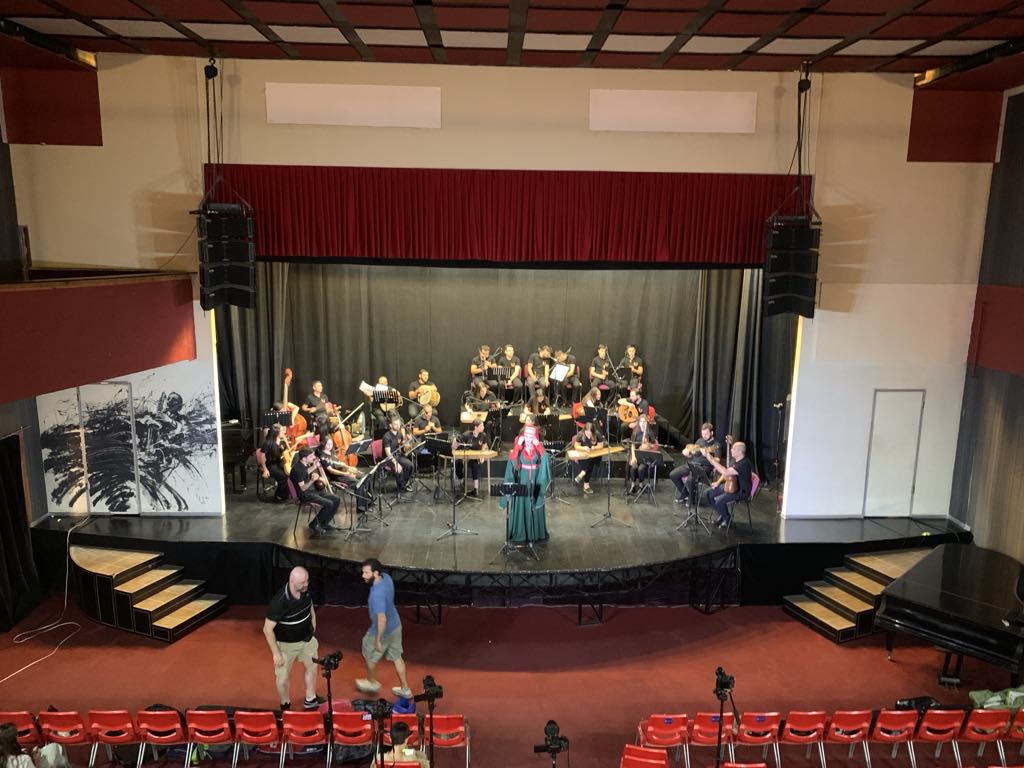

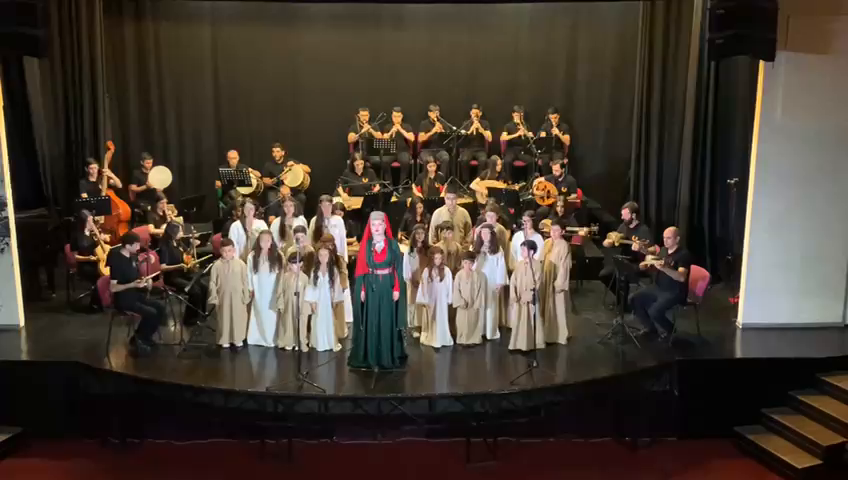
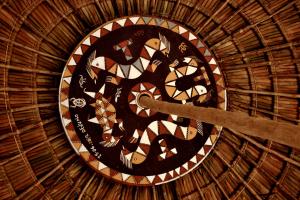
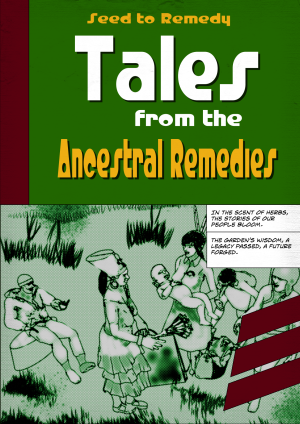
.jpeg)
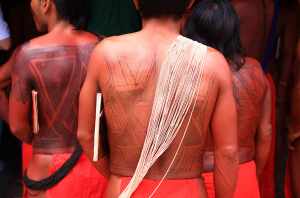
.jpg)
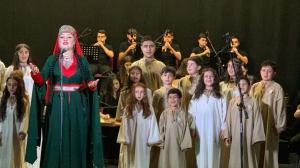
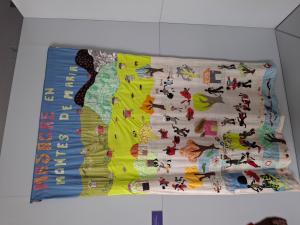

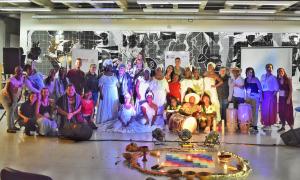
.png)
.jpg)















_(31711258567).jpg)

















